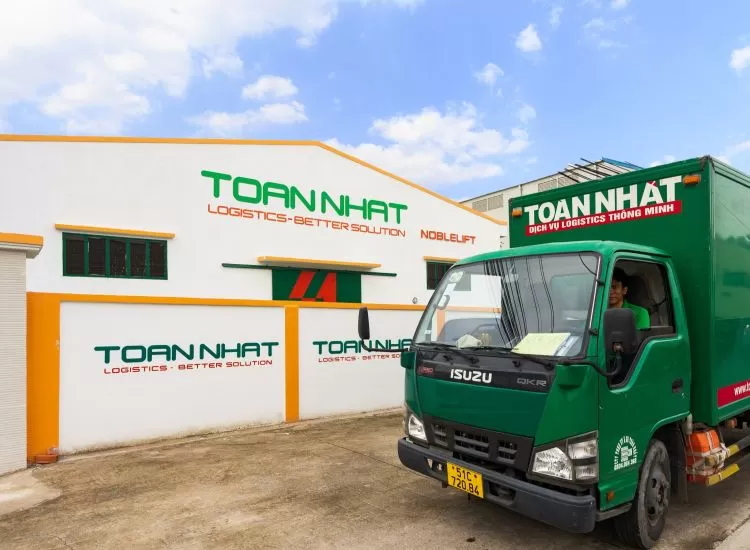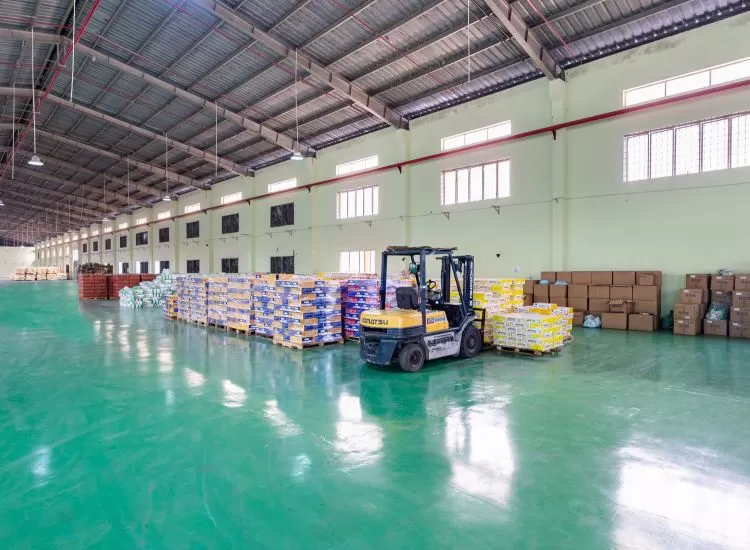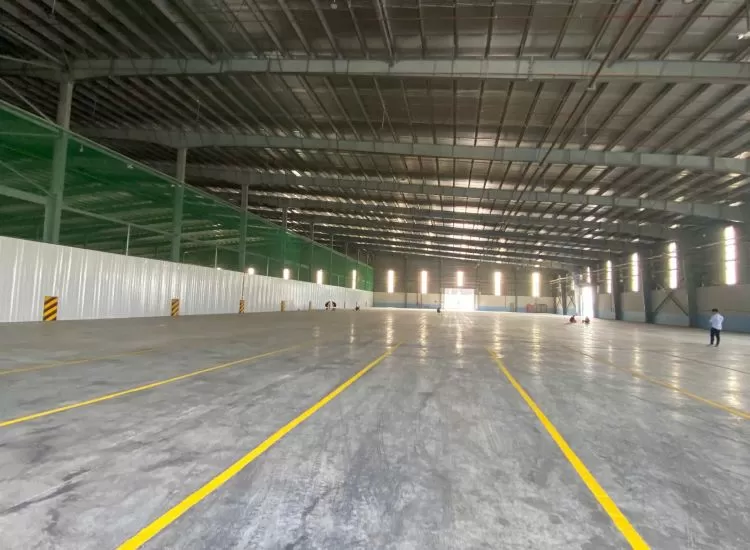Increased Container Ship Transits through Panama Canal
In December, while overall transit trends of the Panama Canal decreased by 42%, the container shipping sector witnessed an increase in transit numbers, with container vessels rising from 5% to 30.6% compared to October.

The overall transit trends of the Panama Canal decreased by 42% in December compared to the same period last year, but the container shipping sector is experiencing a rise in transit numbers as other vessel types divert from this waterway.
In its latest report on the Panama Canal this week, Drewry Shipping Consultants reported that the number of transits in December 2023 decreased by 25% to 746 transits compared to October, marking a 42% decline year-on-year from 1,281 vessels in December 2022.
However, a closer examination of the data reveals that the number of container ships has increased in transit frequency from 5% to 30.6% in December compared to the figures in October.
Drewry consultant Simon Heaney stated, "I suspect that with daily transits being increased we will continue to see containerships taking a bigger slice of the smaller Panama pie, with average daily numbers comparable to what they are now, perhaps a little higher."
The total number of vessels expected to transit the canal is forecasted to further decrease this year after the Panama Canal Authority (ACP) announced in December that it would reduce transits in January and February to 20 and 18 daily, respectively. However, following heavy rains, the ACP reversed its decision and increased the number to 24 per day, offering some relief to carriers. This remains well below the 34-40 transits per day averaged in 2022. Nonetheless, the container shipping sector has seen the largest decreases in dry bulk and LPG sectors, allowing container ships to increase their daily transits.
Heaney added, "Effectively, container ships are finding it easier to reserve slots as some other sectors (most obviously dry bulk) continue to vacate the route, even if carriers would like more."
According to Drewry, the average daily transit rates of container ships were 7.7 and 7.6 per day in the financial years 2022 and 2023, respectively. The ACP's financial year runs from October to September.
In the current financial year, the figures for November and December show that the daily transit rates of container vessels were slightly below average at 7.4 per day but had decreased by one per day compared to October's average of 8.4 per day.
Prior to the Red Sea crisis, THE Alliance had announced plans to divert three Asia-USEC services. It is currently unclear whether these services have been reinstated, although according to ONE, at least two of its USEC services are using the Panama Canal.
However, the actual number of containers carried may still be below optimal levels as draught restrictions in the locks remain in place.
Panama's neo-panamax locks have maximum draughts of up to 13.4m, down from 15.25m under pre-drought conditions, while the panamax locks have no draught limitations from the 12m cap.
Drewry estimates that container ships "lose approximately 350 TEUs capacity for every foot [0.3m] of lost draught. For the biggest containerships able to sail through the Neo-panamax locks this could reduce the payload by around 2,000 TEUs."
Read more:
- Rising Risks to Global Trade from Panama and Suez Canal Disruptions
- MSC announces Panama Canal Surcharge
- Number of ships waiting to pass through the Panama Canal increasing
- Persistent Drought Threatens to Further Reduce Daily Transits at the Panama Canal
Source: Phaata.com (According to Container News)
Phaata.com - Vietnam's First International Logistics Marketplace
► Find Better Freight Rates & Logistics Services!























.webp)
.webp)
.webp)

.webp)











